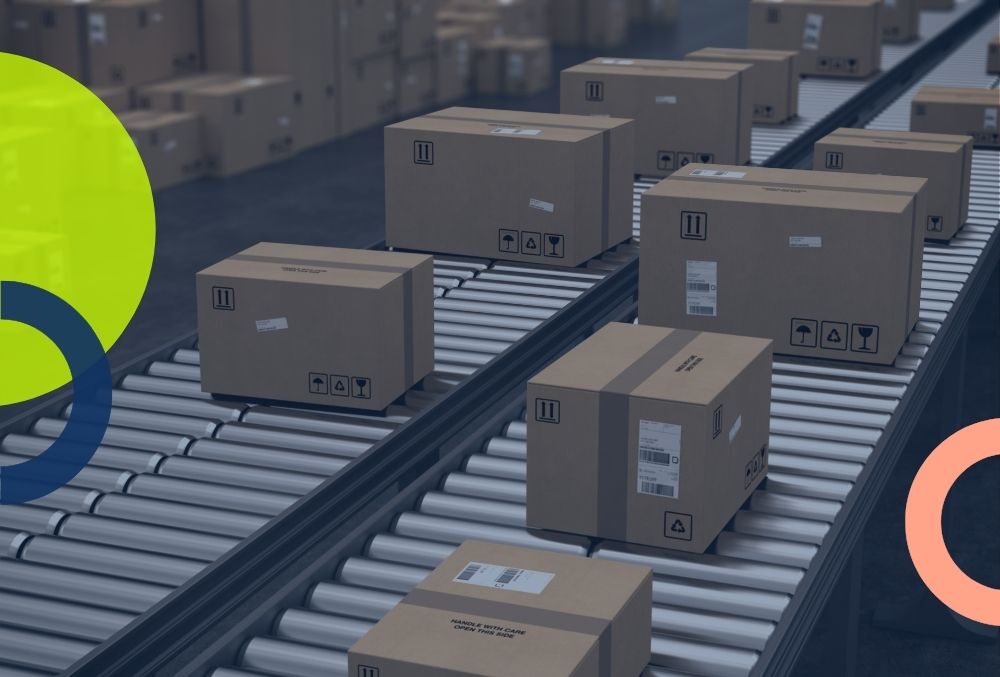Make to Stock Strategy: Advantages and Disadvantages of Make to Stock

In this article we will talk about a concept that is very common among businesses: Make to Stock Strategy. We can say that Make to Stock is a traditional manufacturing strategy. Businesses use MTS to balance inventory with customers' requests. Now let's look at the details together.
What is Make to Stock?
Make to stock is a strategy that bridges inventory and customers' demand. Consumers' demand for the product is measured by sales' old vers and demand forecasts. Another name for Make to Stock is Build to Stock. But as with any strategy, there's one thing to watch out for here: calculation. A miscalculation can bring your business toe-to-toe with dead stock, and it's too risky. If you want to move forward with that model stock principle, you need to set specific times to launch your products. This will prevent the influx of discounts.

What is the Difference Between MTO and MTS?
Unlike MTS with Make to Order (MTO), you produce products on customer order. If you have a company that you have set up to produce products in order, this strategy is for you. If you have a business built on Make to order, the only downside to this strategy is that your customers have to wait a while for the product they want, but everything personalized is worth waiting for. That's why it's not something your client would be very worried about.
You may be interested in: What is consignment inventory and how does it work?
Advantages and Disadvantages of Make to Stock
Before you move with your Make to stock strategy, it's good to know the benefits it will bring you and the problems it can cause you. Maybe another strategy for your business will help you better, who knows? In order to make a decision, let's look at the advantages and disadvantages of make to stock together.

Advantages
• Organization is important. Your customers will demand products and you will produce products in accordance with those demands, that's the way things are going. Your resources should be at the maximum level so that your efficiency can be just as high. To do this, you must also carefully organize your production.
• Using the Make to the stock method will reassure you that your business is progressing properly because you will be able to prepare a schedule to inform you about the main product while following the trend. With this chart, you can see where you should be on the success steps with your employees and what you lack.
Disadvantages
• Unfortunately, you are not a prophet. You can make estimates based on the products you've sold before and the seasonal sales status. But your products don't sell as well as you think!
• Over the years and as technology progressed, the industry became more complex and affected by everything. When trading is so sensitive and open to external factors, you may not foresee how much you can sell. The smallest mistake in your calculations can cost your business.




.png)





